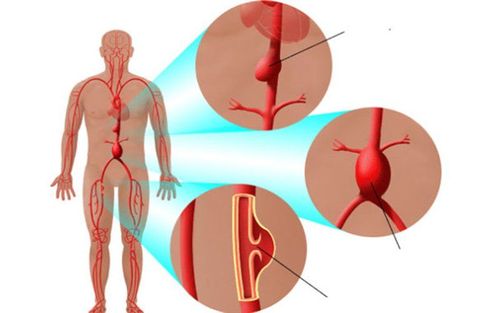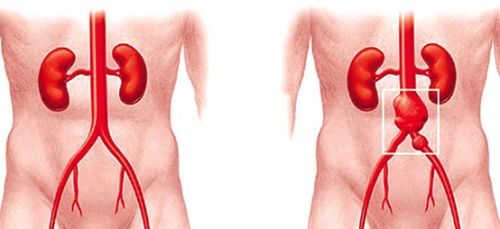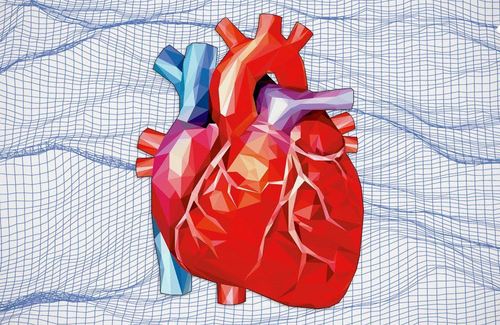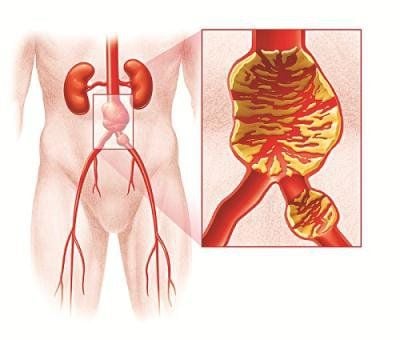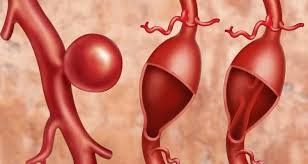This is an automatically translated article.
The article is professionally consulted by Master, Doctor Nguyen Xuan Thanh - Cardiovascular Center, Vinmec Times City International General Hospital.Aortic aneurysm is a phenomenon in which the aorta increases in size with a diameter of more than 50% and deforms into a pocket, a rhombus, causing the wall to stretch, which is easy to rupture. The disease is often associated with patients with a history of smoking, hypertension, diabetes. In most cases of the disease, the patient only discovered the disease after being examined after a physical examination, or after symptoms of abdominal pain, back pain.
1. How dangerous is an aortic aneurysm?
The most dangerous complication of an aortic aneurysm is rupture of the vessel at the site of the aneurysm. This complication can be fatal to the patient due to acute blood loss with chest pain, shortness of breath, pale skin, and low blood pressure. The cause found may be related to trauma, uncontrolled high blood pressure.
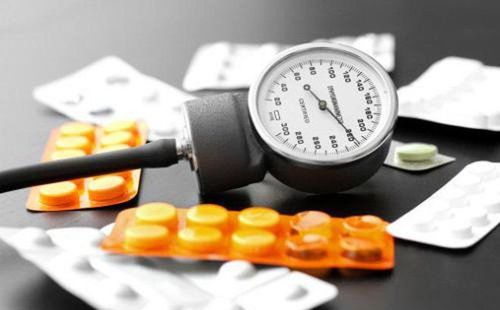
Acute peripheral artery occlusion: Due to the impact of flow or external force, the thrombus in the lumen can detach, flow to the peripheral vessels, causing ischemia in the extremities and organs. This complication is rare, but if it does, it can have serious consequences. Threatened aortic aneurysm: Pain in the area where the bulge is present is a warning sign that the aorta is about to burst. This is a surgical or interventional emergency. Functional laboratory tests such as CT and ultrasound can help diagnose and treat disease. Aortic dissection: is a serious complication, complex treatment, confirmed by CT scan of the aorta. Inflammation around the bulge: Causes dull pain, can leak into surrounding organs (gastrointestinal tract, lungs).
2. How is aortic aneurysm treated?
The goal of treatment - both with follow-up and surgery - is to keep your aorta from bursting. Which form of treatment the doctor chooses depends on the size of the artery and how the disease develops.2.1. Internally medical treatment
Your doctor will recommend this treatment if the aneurysm is mild and there are no symptoms of disease. If the aorta continues to bulge, your doctor will schedule more frequent appointments and treat other conditions directly related to the disease, such as high blood pressure, which can cause an aneurysm. bad owner.
Patients will also be given periodic imaging tests and abdominal ultrasound every 6 months after being diagnosed, which will help doctors monitor the condition more comprehensively.
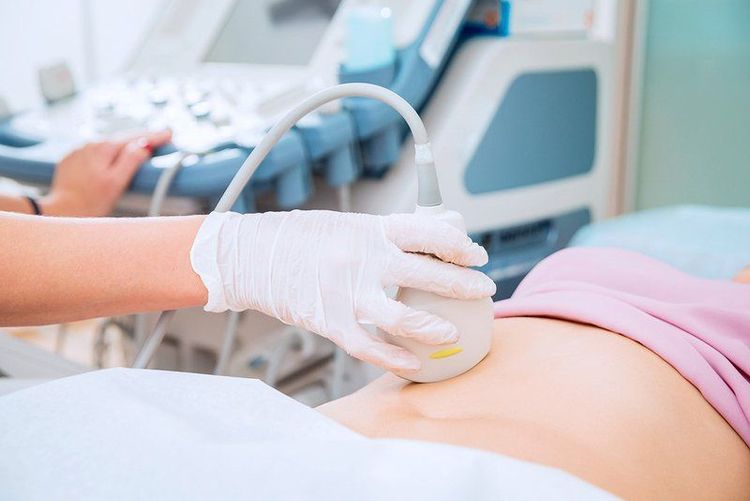
2.2. Stent-graft intervention
The doctor will recommend stent grafting if the aorta is 1.9 to 2.2 inches (4.8 to 5.6 cm) or larger, or it is bulging at a rapid rate. very fast rate. The anatomy of the aneurysm is favorable for stent placement. Your doctor will recommend surgery if you have some of the symptoms such as abdominal pain, your aorta shows signs of hardening, leaking, or pain.
2.2.1. Open surgery
Thoracic aortic aneurysm :
● If the bulge is in the ascending portion of the thoracic aorta:
An artificial artery can be grafted, but if the bulge is close to the base of the aorta (usually opening the aortic valve). and affect blood supply to the coronary arteries) may require aortic valve replacement.
● If the bulge is in the aortic arch:
The surgery will involve replacing the entire aortic arch and reconnecting the branches that supply blood to the brain and blood to the hand.
● If the bulge is in the descending part of the aorta:
The patient will have the bulging artery removed and the artificial artery grafted. However, the current trend with descending aortic injury is mainly that stent-Graft intervention will have more advantages.
If the bulge is at the end of the thoracic aorta and the beginning of the abdominal aorta (where there are many branches for the intra-abdominal organs):
Use an artificial vessel to graft after the bulge has been removed . The next step is to connect the branches of the visceral arteries connected to the excised vessel to that graft.
When the aneurysm is removed, a plaque is left in the arterial wall where the major visceral branches of the abdominal aorta are located. After the artificial vessel is grafted into the abdominal aorta, the branches of the arteries that have a direct connection with the cut artery will be grafted into this artificial vessel.
The patient is indicated for surgery when the vessel has enlarged to more than 6 cm in diameter, or rapidly swells.
Abdominal aortic aneurysm :
● Carry out excision of the aneurysm and vascular graft.
● Open the abdomen along the middle white line.
● To prevent blood from flowing out of the artery, we perform a horizontal clamp of the aorta at the upper and lower ends of the aneurysm. This is followed by opening the bulge in a T-shape at both ends or cutting the bulge across the uninflated artery.
● Graft the artificial artery to the area where the bulge has been opened or removed. Perform the following:
➔ Tubular graft: The upper end joins the uninflated central end of the abdominal aorta, the lower end joins the segment just above the point where the abdominal aortic fork divides the two main iliac arteries.
➔ Three-pronged graft: The main end connects to the uninflated central end of the abdominal aorta, and the lower two ends to the right and left main iliac arteries.
The time allowed for abdominal aortic clamping to perform surgery is 60 minutes.
Axillo bifemoral bypass surgery:
● Used for patients with severe general condition or being superinfected with an abdominal aortic aneurysm.
● Perform axillary-femoral bypass and concurrent abdominal aortic ligation at the central tip of the bulge or block the bulge.
Abdominal aortic aneurysm is indicated for surgery when there are clinical symptoms, the diameter of the aneurysm is > 5 cm or the diameter increases by more than 0.5 cm per year, or the artery bulges into a sac (usually fragile and often superinfected).
Vascular diseases such as aortic, coronary, and peripheral vascular diseases are considered for surgery at the Hybrid Operating Room of Vinmec Hospital. Hybrid operating room is equipped with state-of-the-art equipment such as a DSA angiogram machine combined with an operating table, an anesthesia machine that integrates the most rigorous patient hemodynamic monitoring software (PiCCO system, entropy, .. .). The advantage of integrating these equipment in the Hybrid operating room is that it allows patients to both operate and intervene in just one operation instead of many times if in places where there is no Hybrid operating room. This meets the requirements of surgical and interventional angioplasty, coronary stenting, aortic stent grafting, open heart surgery, heart valve replacement for congenital heart diseases with the most modern, minimally invasive, safe techniques. help patients recover early.
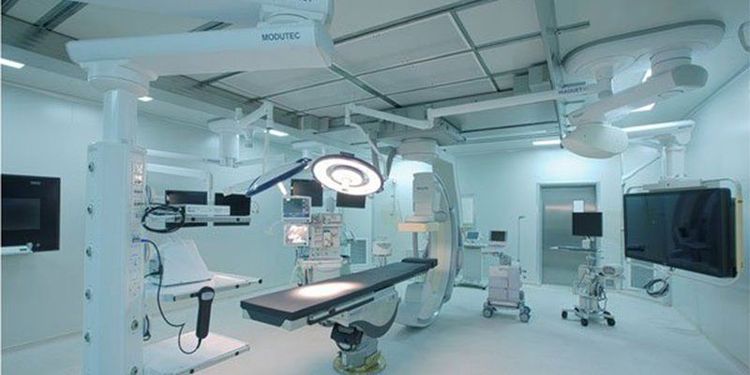
2.2.2. Placement of aortic stent graft
This is a minimally invasive technique with an incision in the thigh. During the procedure, the patient will be under local anesthesia and will be fully awake. From the incision in the thigh, the doctor will insert the instrument into the blood vessel up to the bulge. A stent graft is inserted to prevent blood from flowing into the aneurysm. In particular, this is a modern intervention method, with few complications, or effects on organs in the body, and has a shorter recovery time than open surgery.
The application of Stent-Graft technique in the treatment of aortic pathology is a breakthrough of modern medicine that shortens the surgery time, hospital stay and is more effective than the surgical method. traditional art.
The team of cardiologists at Vinmec Times City Hospital with high expertise are trained and certified to perform the technique
Prof. Do Doan Loi - Former Director of the Vietnam Heart Institute. ● MSc Nguyen Xuan Thanh - Cardiologist - Vinmec Times City International Hospital with more than 10 years of experience in adult and pediatric heart surgery.
● MSc Nguyen Van Phong - Internal Medicine and Cardiovascular Intervention - Vinmec Times City International Hospital, with more than 10 years of experience in examining and treating inpatient and outpatient cardiovascular diseases.
In April & May 2021, when there is a need for medical examination and treatment at Vinmec Times City International General Hospital, customers will enjoy dual incentives:
- Free specialist examination and discount 50% of many cardiac checkup packages such as:
+ Basic Cardiovascular Screening Package
+ Hypertension Checkup Package
+ Heart Failure Checkup Package
+ Coronary Cardiovascular Examination Package
+ Comprehensive Cardiovascular Checkup Package
- 50 off % of cost for customers with post-examination treatment indications. The program is limited to the corresponding technique of each hospital and to customers who perform this treatment technique for the first time at Vinmec.
Please dial HOTLINE for more information or register for an appointment HERE. Download MyVinmec app to make appointments faster and to manage your bookings easily.





